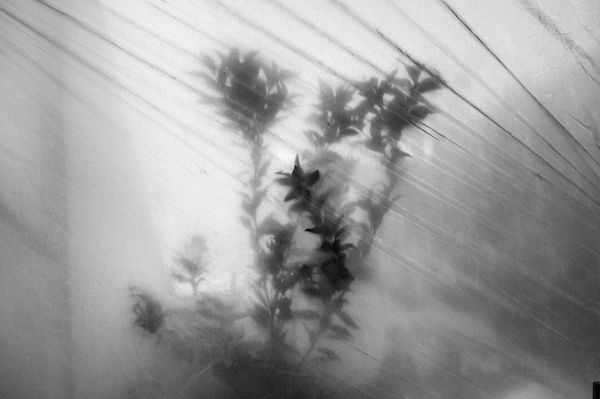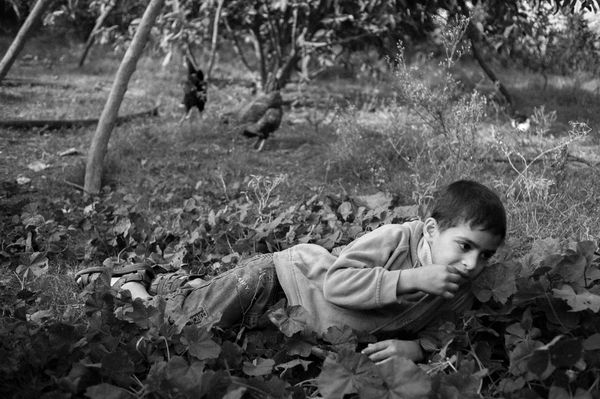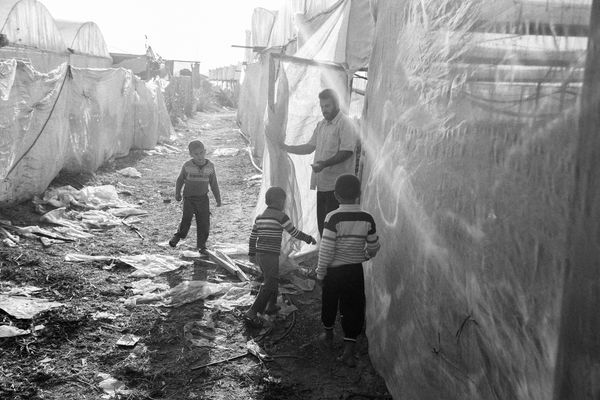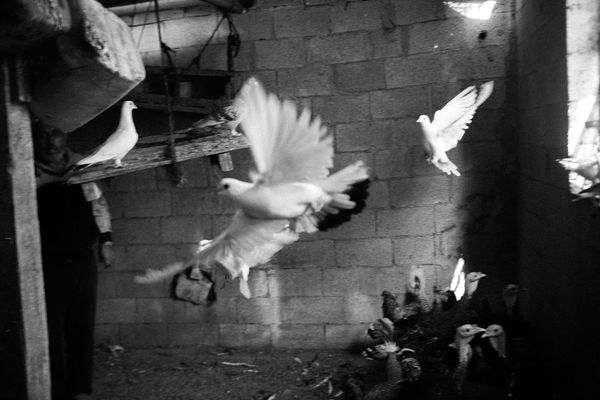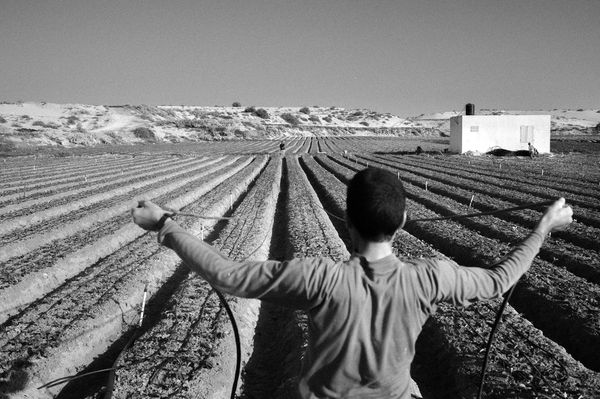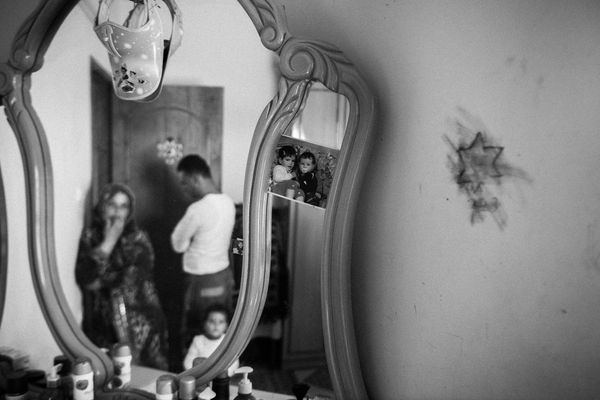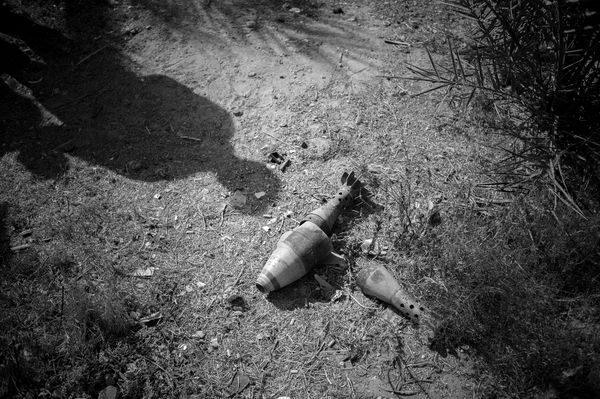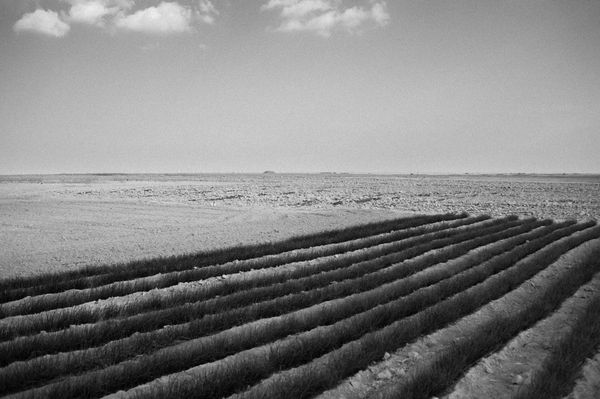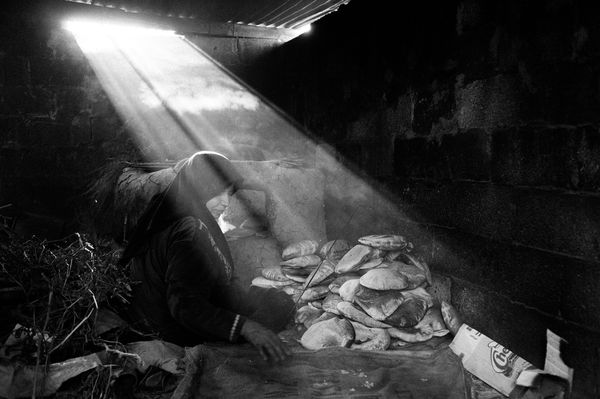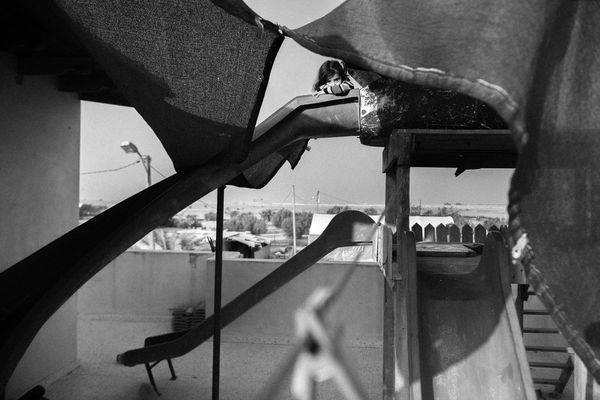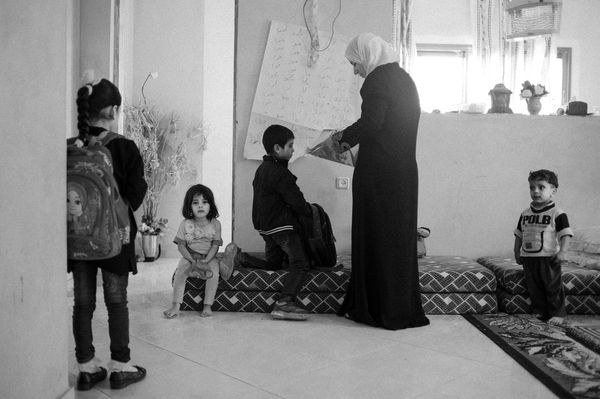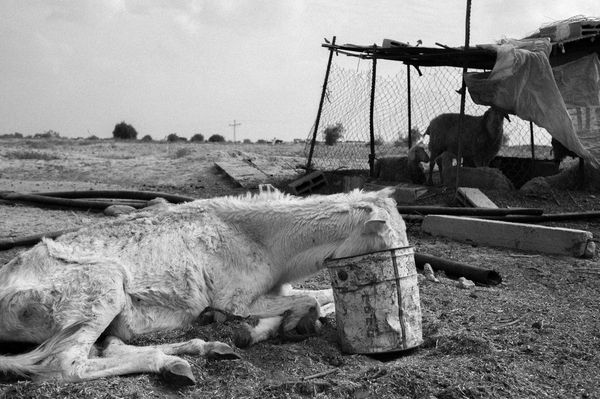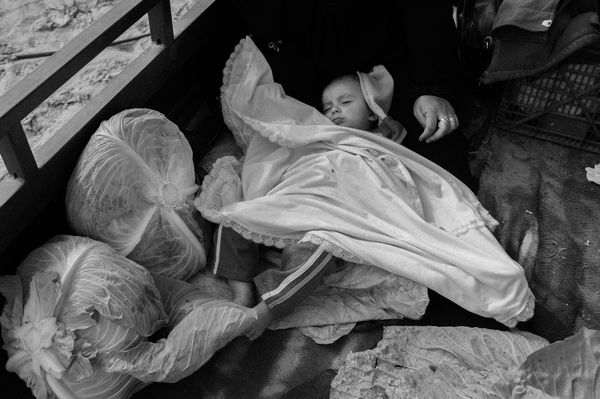Farming in Gaza
-
Author
In the land from where the eyes can see the Israeli border, Palestinian farmers try to make their living producing agricultural goods such as strawberries, oranges, grapefruits, olives, various vegetables, etc.
In the land from where the eyes can see the Israeli border, Palestinian farmers try to make their living producing agricultural goods such as strawberries, oranges, grapefruits, olives, various vegetables, etc. After blockade in 2007 their products are only sold in their occupied land.
Due to the restrictions on cultivating land in the area, the annual loss for the farmers of the Gaza Strip is about 50 million dollars, leaving the lives and livehoods of the residents directly affected. Although nowadays some items are allowed being exported, the exported amount is ten times lower than before the blockade – in 2012 only 9 million stems of carnations were exported from Gaza during the flower season, the number before the blockade was around 50 million.
But is not just the blockade, it's also war torn life around the border, where Palestinian farmers try to produce their supplies. Places like as Rafah, Khan Younis and Beit Hanoun, known more as front lines and land where most of missiles are fired, houses destroyed and where the most lives are taken. Abu Daqqa family's house and farmland are located only about 300 meters from the border. Children play on their playground at the rooftop of their house, under the watchful eyes of Israeli snipers. Mohammed's wife Jihan, a law graduate does the house work and take care of the kids, while the work at the farm is mostly done by the father. Mohammed says that all their workers that used to help, left, so he has to do all work by himself: "They are afraid, the area is considered too dangerous."
Qudaih family, famers who live right at the buffer zone in Khan Younis, make their living by producing agricultural products and selling them to the local market. Father Eyad still cannot forget the war in 2012. "Children ran to me, just before the rocket hit their bedroom," Eyad Qudiah remembers. "If they stayed in the room, they would have been all dead." He says his wife was pregnant with twin boys, in her sixth month, and had a miscarriage the night of the bombing.
Israeli army bulldozing the farmland and sniper fire are nothing new to them and their families. More than 35% of Gazas agricultural land is in so-called "buffer zone" or access restricted area. It officially extends 300 metres into the Gaza Strip, however, in reality, it can extend up to 1,500 metres from the fence, and is enforced with lethal force. Some areas in the south have been almost completely wiped out.
Agriculture together with West Bank used to bring 80% percent export but the ban devastated Gazan economy to the lowest point and also getting supplies such as fuel and electricity is strictly regulated by Israel. As a result domestic production has also fallen. In addition that, is also the little water that is available is heavily polluted from uncontrolled sewage and fertilisers, making only 10 percent of the water fit for consumption.
In southern Gaza Strip in Rafah, close to Egyptian border, and older women named Ghanma Jbara, lives in a shelter home on the ruins of her house, that was demolished in 2006. It happened right after an Israeli soldier Gilad Shalit was kidnaped in late June from that area. "I cannot abandon it," she is refuses to move away from her land: "It is all I have," says an older lady, making a tea near the rubbles of her home.
